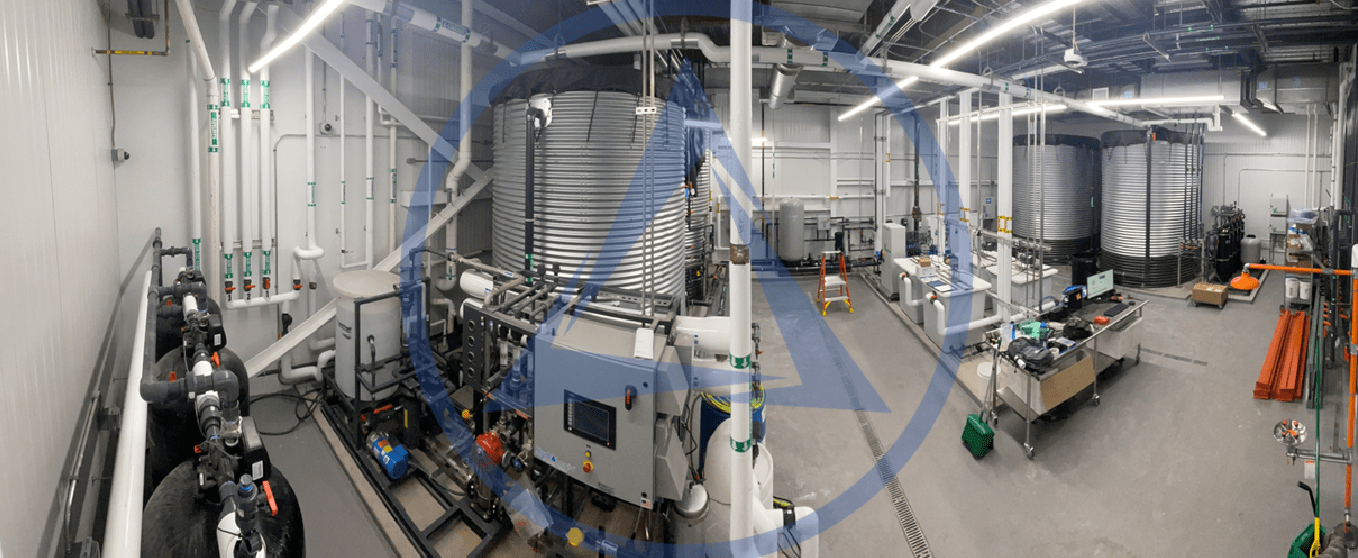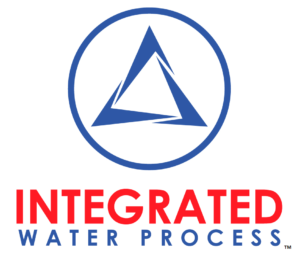Case Studies

Helping a National Cannabis Company Expand

When Josh Malman, Jushi’s VP of Cultivation, was tasked with helping a national cannabis company expand two of the multi-state cannabis operators’ locations in Pennsylvania and Virginia in 2020–he knew he needed to quickly surround himself with experts to get the job done right.
Previously, Malman and his team had been running smaller indoor cannabis cultivation operations in Colorado with no single facility topping more than 9,000 square feet. Some of those facilities still relied on hand-watering for irrigation.
So when it came time to retrofit and expand a 90,000-square-foot facility in Virginia and a 44,000-square-foot facility expansion in Pennsylvania to support Jushi’s vision for growth, careful planning and automation were critical.
Given his own extensive horticultural background, Malman knew how to communicate what he wanted in terms of water process for the new projects, but not necessarily how to put all the moving and complex pieces together for the ideal water volume and formulation.
To fill in that critical knowledge gap, Malman knew he needed a specialist. He called Brad Hull, PE of Integrated Water Process–who he worked with in the early 2010s on other cannabis projects–to assist with building the water process for both facilities.
“Traditional architects and MEP engineers didn’t have a lot of experience on the water process and water movement aspect of it. Sure, they knew plumbing, but not necessarily all the other pieces of it. So it was really important that we found someone on our design team that could speak to and design that process,” Malman says.
Helping a National Cannabis Company expand with Planning, Design, and Implementation
Together, Malman, Hull, and the rest of the design team sat down to put pen to paper about what they wanted the water process at these new facilities to look like, asking questions such as:
- Did they want to use Reverse Osmosis (RO) water?
- Could they rely on city water or well water?
- How many plants should be irrigated at a time?
- How should zones be designed–for today and for the future when the business is ready to scale?
- Would they reclaim condensate water?
The answers to those important questions informed the selection of the equipment downstream required to get the highest quality water to the plants, Malman says.
“Then, Brad was very involved from Day 1 on the design team,” he adds.

“Although he was a third-party contractor, he participated like he was part of Jushi’s construction team. So he sat in on lots of different design meetings. He was able to be a voice in the room around water process when others didn’t understand it, and was able to lean on his expertise in other areas of the business when needed.”
One of the greatest things Malman appreciated about working with Hull was his ability to keep up his end of the bargain by completing actions on time. It removed stress from all the different moving parts throughout the design and construction phase.
Hull also had extensive experience with the local and international vendors Jushi chose for their equipment. He walked them through relationship-building and customer service with those partners.
For example, Hull knew Jushi “had to be a squeaky wheel,” with one of their suppliers to ensure they received the proper technical attention they needed.
Additionally, Hull was on the ground at each of the locations to help oversee the rollout, implementation, and commissioning of the equipment, Malman says.

Integrated Water Process’s Ongoing Support to Jushi
A year later–Hull is still very active in updating documents, preventative maintenance, and training. “He saw that as one of the greatest risk points,” Malman says.
“It’s easy enough to design and do everything on paper and at the office–but as soon as the equipment is turned over to the operator is when things fall off the track. He was intent on being on the ground and producing documentation talking about the entire water process that we built at each of our locations.”
While one day Jushi intends on having its entire design team in-house, leaning on the expertise of Integrated Water Process during this critical growth period is a major advantage to the company’s operations.
“The equipment is so involved and integrated throughout the facility that if something goes wrong there, the risk is so high to the business that really we’re putting ourselves at risk if we don’t have someone like Brad on our team,” Malman says.
For growers considering working with a water process engineer, Malman says they’d find a good partner with Hull and his team at IWP. “[Brad’s] a very good listener, and tries to understand the needs of the business. He’s always been consistent in making sure you’re executing what you’ve told your bosses.”
At Integrated Water Process, we’re on a mission to help growers simplify their water management – whether it is helping a national cannabis company aggressively expand or a company just getting started.

Stay Connected with Integrated Water Process
Check out our existing resources for more information and tips on horticulture and controlled environment agriculture—and contact us to book a meeting to discuss your water management needs.

